ADHD, or Attention-Deficit/Hyperactivity Disorder, is typically diagnosed by healthcare professionals, such as psychologists, psychiatrists, pediatricians, or neurologists. The diagnostic process involves gathering information from various sources to assess the individual’s behavior, symptoms, and history. Here are the general steps involved in diagnosing ADHD:
- Clinical Assessment:
- Healthcare professionals conduct a thorough clinical assessment by interviewing the individual and, if applicable, their parents, teachers, or significant others. They inquire about the person’s behavior, attention span, impulsivity, and hyperactivity.
- Diagnostic Criteria:
- ADHD is diagnosed based on specific criteria outlined in the Diagnostic and Statistical Manual of Mental Disorders (DSM-5), published by the American Psychiatric Association. The DSM-5 criteria include two main types of ADHD: Predominantly Inattentive Presentation, Predominantly Hyperactive-Impulsive Presentation, or Combined Presentation.
- Rating Scales and Questionnaires:
- Professionals often use standardized ADHD-specific rating scales and questionnaires to gather additional information. These tools help assess the severity and frequency of ADHD symptoms and may involve input from parents, teachers, or other observers.
What are the potential side effects of ADHD medications?
ADHD medications can be effective in managing symptoms, but like any medications, they may have potential side effects. It’s important to note that not everyone will experience the same side effects, and some individuals may not experience any side effects at all. Additionally, the severity and duration of side effects can vary.
Commonly prescribed medications for ADHD include stimulants such as methylphenidate (e.g., Ritalin, Concerta) and amphetamine-based medications (e.g., Adderall, Vyvanse). Non-stimulant medications like atomoxetine (Strattera) and guanfacine (Intuniv) are also prescribed in some cases. Here are potential side effects associated with these medications:
Stimulant Medications (e.g., Methylphenidate, Amphetamines):
- Insomnia: Stimulant medications can interfere with sleep, causing difficulty falling asleep or staying asleep.
- Appetite Suppression and Weight Loss: Some individuals may experience a decrease in appetite, leading to weight loss, especially during the initial period of medication use.
- Increased Heart Rate and Blood Pressure: Stimulants can cause a temporary increase in heart rate and blood pressure. It’s important for individuals with pre-existing cardiovascular conditions to be monitored.
- Gastrointestinal Issues: Nausea, stomach upset, or other gastrointestinal issues may occur.
- Emotional Changes: Some individuals may experience mood changes, including increased irritability or anxiety.
How do ADHD medications work in the brain?
ADHD medications primarily target neurotransmitters, which are chemicals that transmit signals between nerve cells (neurons) in the brain. The two main classes of medications commonly used to treat ADHD are stimulants and non-stimulants, and they have different mechanisms of action.
- Stimulant Medications:
- Methylphenidate (e.g., Ritalin, Concerta): Methylphenidate primarily works by blocking the reuptake of dopamine and norepinephrine, two neurotransmitters involved in attention, focus, and impulse control. By blocking the reuptake, these medications increase the levels of dopamine and norepinephrine in the synapses (gaps between neurons), enhancing the transmission of signals in certain areas of the brain associated with attention and executive functions.
- Amphetamines (e.g., Adderall, Vyvanse): Amphetamine-based medications also increase the levels of dopamine and norepinephrine. They do so by promoting the release of these neurotransmitters from storage vesicles within the neurons and by inhibiting their reuptake. This results in higher concentrations of dopamine and norepinephrine in the synaptic cleft, enhancing signaling between neurons.
Stimulant medications are believed to increase attention, reduce impulsivity, and improve executive functions by enhancing the activity of these neurotransmitters in specific brain regions, including the prefrontal cortex.
- Non-Stimulant Medications:
- Atomoxetine (Strattera): Unlike stimulants, atomoxetine is a non-stimulant medication that works by selectively inhibiting the reuptake of norepinephrine in the synapses. By increasing the availability of norepinephrine, atomoxetine affects neurotransmission in areas of the brain associated with attention and impulse control, such as the prefrontal cortex.
- Guanfacine (Intuniv): Guanfacine is an alpha-2 adrenergic agonist that acts by stimulating certain receptors in the brain, leading to increased levels of norepinephrine. It is believed to have a modulating effect on the prefrontal cortex, improving attention and impulse control.
How does ADHD management differ for children?
ADHD Management for Children:
- Education-Based Interventions:
- In children, a significant portion of ADHD management involves educational support. This may include classroom accommodations, individualized education plans (IEPs), and working closely with teachers to create a structured learning environment.
- Behavioral Therapy:
- Behavioral interventions are commonly employed for children with ADHD. Behavior therapy may involve parent training, where parents learn strategies to reinforce positive behaviors and manage challenging behaviors effectively.
- School Support:
- Collaboration with schools is crucial for children. Teachers play a vital role in implementing behavioral strategies and accommodations to support the child’s academic and social development.

- Parental Involvement:
- Parental involvement is emphasized, and parents often participate in therapy and educational programs to learn effective parenting strategies and techniques.
- Medication Management:
- Medication, such as stimulants or non-stimulants, may be considered based on the severity of symptoms and the child’s response to other interventions. Medication decisions often involve close collaboration between parents, healthcare professionals, and educators.
Can ADHD be managed without medication?
Yes, ADHD can be managed without medication, and many individuals choose non-pharmacological approaches or a combination of strategies. The effectiveness of non-medication approaches can vary from person to person, and the choice of management strategies often depends on the severity of symptoms, individual preferences, and the specific challenges an individual faces.
How does exercise impact ADHD symptoms?
Exercise can have positive effects on ADHD symptoms by influencing various aspects of cognitive and behavioral functioning. While the precise mechanisms are not fully understood, research suggests that regular physical activity can contribute to improvements in attention, executive functions, and overall well-being for individuals with ADHD. Here are some ways in which exercise impacts ADHD symptoms:
- Increased Dopamine Levels:
- Exercise has been shown to increase the release of neurotransmitters, including dopamine, in the brain. Dopamine plays a crucial role in attention, motivation, and impulse control, and its enhancement through exercise may contribute to improved focus and concentration.
- Improved Executive Functions:
- Executive functions, which include skills like planning, organization, and self-control, are often impaired in individuals with ADHD. Regular exercise has been associated with improvements in executive functions, potentially enhancing the ability to manage daily tasks and responsibilities.
- Enhanced Brain Structure and Function:
- Some studies suggest that exercise can lead to structural and functional changes in the brain, particularly in regions associated with attention and cognitive control. These changes may contribute to better cognitive performance and behavioral regulation.
- Reduced Hyperactivity and Impulsivity:
- Physical activity provides an outlet for excess energy and can help reduce hyperactivity and impulsive behaviors commonly seen in individuals with ADHD. Engaging in sports, aerobic exercises, or activities that require coordination can be particularly beneficial.
- Stress Reduction and Improved Mood:
- Exercise is known to reduce stress and anxiety, which are often heightened in individuals with ADHD. Regular physical activity promotes the release of endorphins, neurotransmitters that contribute to a positive mood and a sense of well-being.




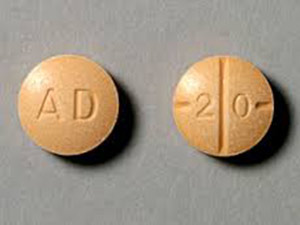
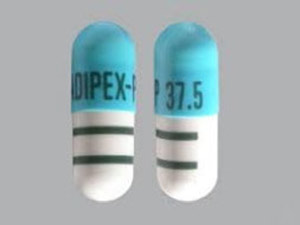
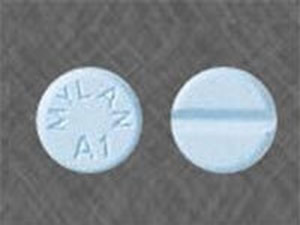
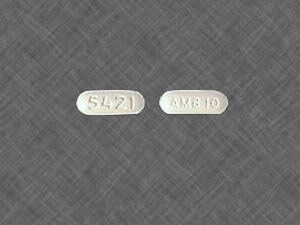
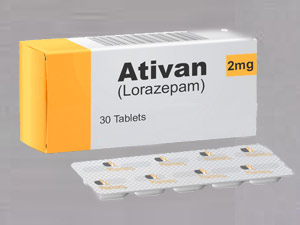
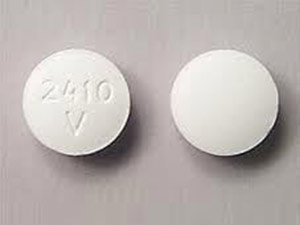
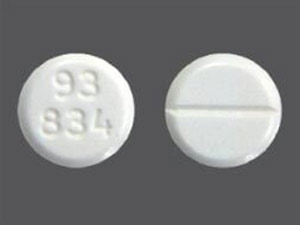
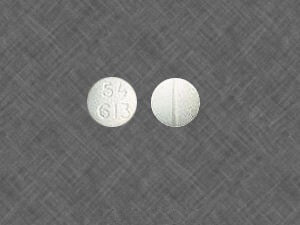
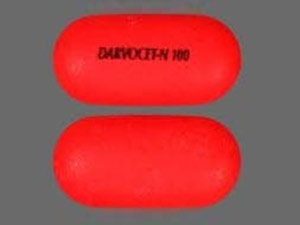
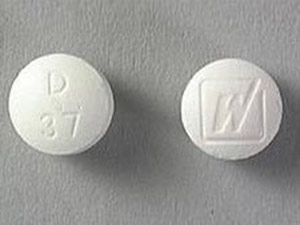
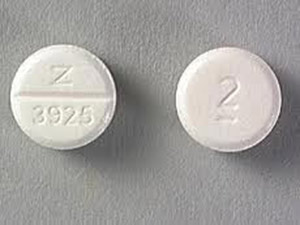
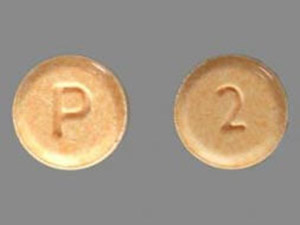
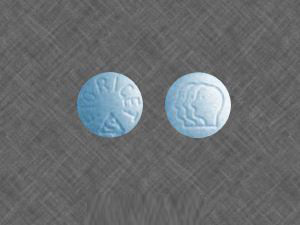
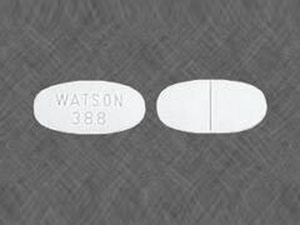
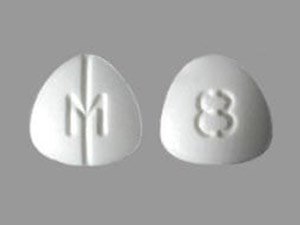
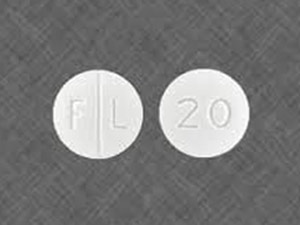
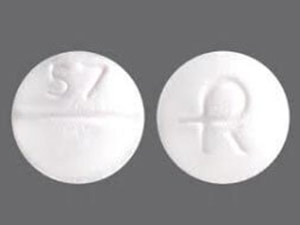
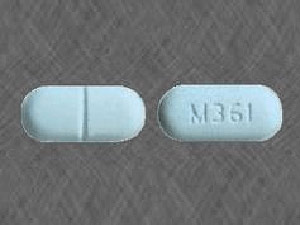
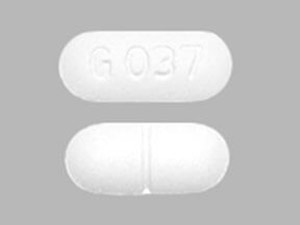
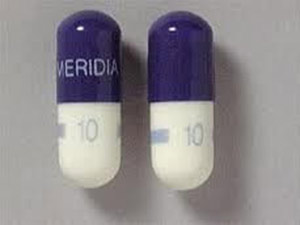
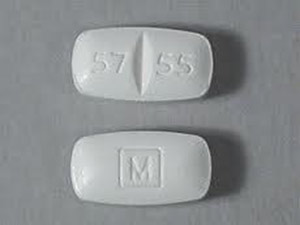
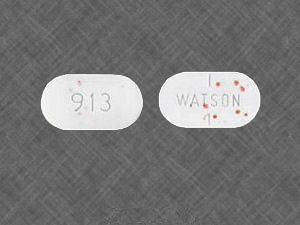
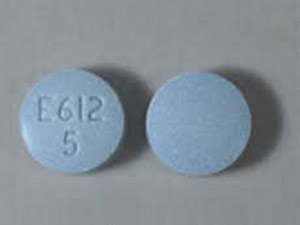
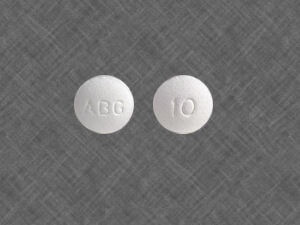
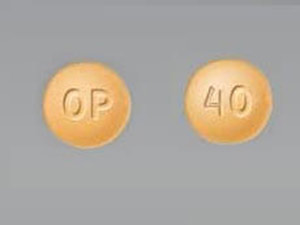
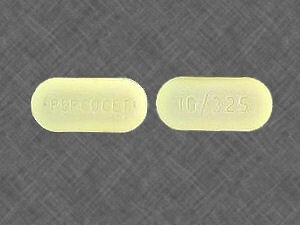
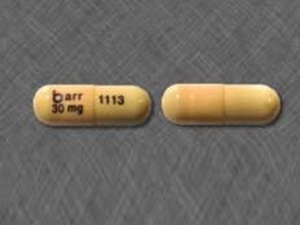
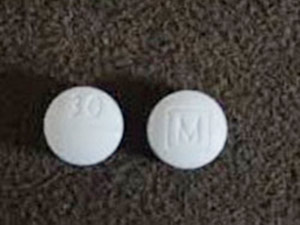
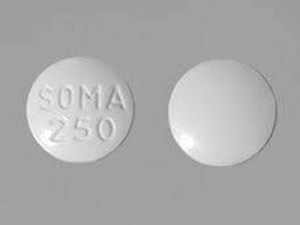
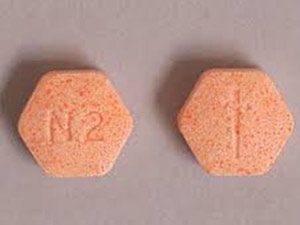
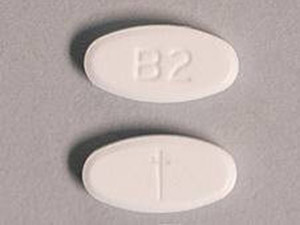
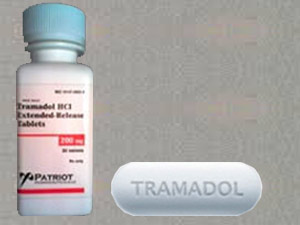
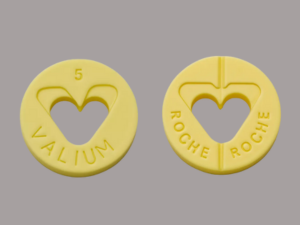
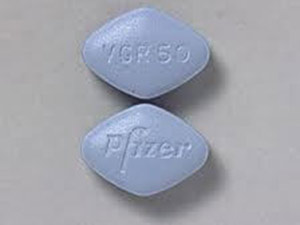
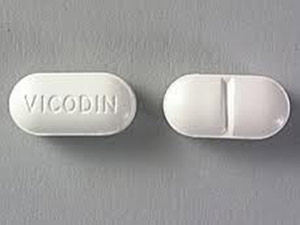
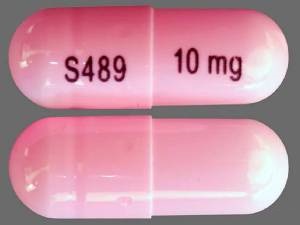
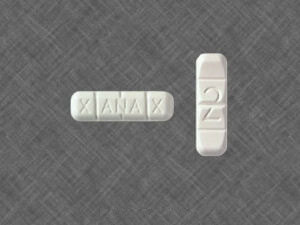
Leave a Reply